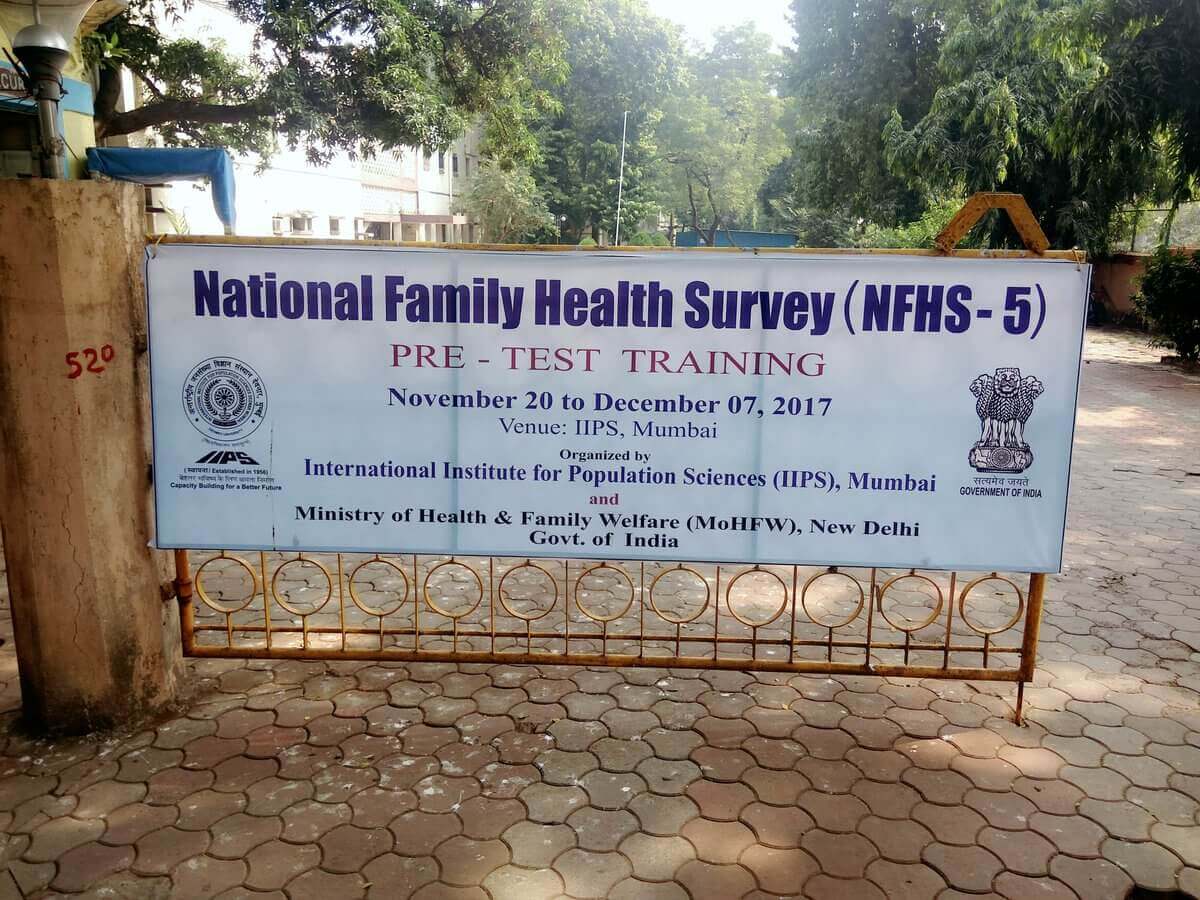The Indian Union Health Ministry released the fifth round of its National Family and Health Survey (NFHS) on November 24. While the report indicated positive changes in fertility rates, sex ratios, and the use of contraception, several other factors such as the rising rates of anaemia and obesity revealed a drop in nutritional indicators.
The NFHS is a survey conducted on a small sample audience in an attempt to gauge health and family planning practices among the Indian population at large. The first four surveys were conducted in 1992-93, 1998-99, 2005-06, and 2015-16.
This round of the survey was conducted in two phases from 2019 to 2021. It covered 650,000 households across 707 districts in 22 states and union territories.
The survey is unique in that it is the only one of its kind that focuses on a variety of socioeconomic and health factors and on women. For instance, the NFHS-5 covered 720,000 women. Meanwhile, just around 100,000 men were included in the sample surveys.
One of the key findings of the survey was a decrease in fertility rate, which indicates the average number of alive children born to women over the course of their lifetimes. This number has been brought to 2.0. This is below the recommended replacement level fertility rate of 2.1, which indicates the average fertility rate required to prevent an ageing population. The survey also reported a steep increase in the use of contraceptives to 66.7% from 53.5% in NFHS-4.
Read more: COVID-19, Sterilisation, and Family Planning: Where Did India Go Wrong?
The drop in fertility rates and the enhanced use of contraception is a major achievement for India, whose policymakers have focused on bringing down the population growth rate since the country secured independence in 1947.
The fall in the fertility rates indicates two things. First, that India is restricting the onset of an unmanageable population growth wave. Second, it means that for the first time in decades, the Indian population is not getting younger. The percentage of the population under 15 years of age has been brought down from 34.9% in 2005-06 to 26.5% in 2019-2021.
Another positive finding of the survey was a reduction in stunting among children from 38.4% in NFHS-4 to 35.5% in NFHS-5, indicating lower levels of chronic undernutrition. However, it reported a rise in anaemia among children and women. The rates of obesity among adults also rose sharply.
The survey also indicated a positive turn for the sex ratio in the country. For the first time, it was reported that India has 1020 women for every 1000 men, indicating that there are more women than men in India. Previously, owing to the prevalence of female foeticide and infanticide, these numbers were extremely skewed in favour of men. In fact, the survey reported 927 women for 1000 women in its first survey. In the third survey, this number increased, and the number of men and women were reported to be equal. However, in NFHS-4, this number once again dropped to 991. Hence, the NFHS-5 survey indicates success in deterring sex selection practices and in increasing the life expectancy of women.
Read more: An Indian Two-Child Policy: Coercive or Necessary?
Celebrating this, Vikal Sheel, the additional secretary of the Ministry of Health and Family Welfare, said, “The improved sex ratio and sex ratio at birth is also a significant achievement; even though the real picture will emerge from the census, we can say for now looking at the results that our measures for women empowerment have steered us in the right direction.”
While the improvement in the sex ratio is definitely a cause for celebration, the gender ratio at birth over the past five years is still 929. This indicates a continued preference for male children in the country. Moreover, the survey also reported a rise in incidents of domestic and sexual violence against women. The percentage of women who have reported incidents of spousal violence went up from 20.6% in the previous survey to 44.5%.
It is hoped that the results of the survey will push the Indian government to prioritise tackling issues such as obesity, anaemia, and domestic and sexual violence over the next five years before NFHS-6.

